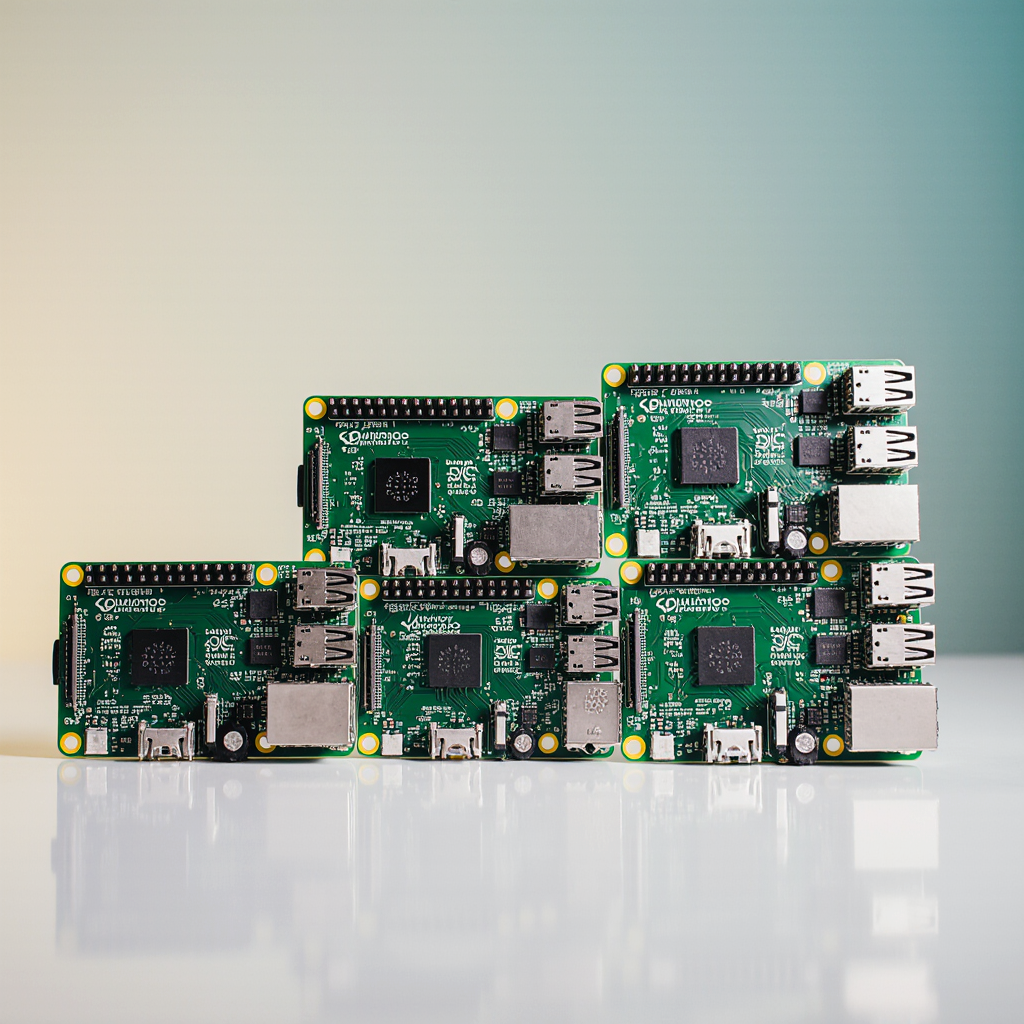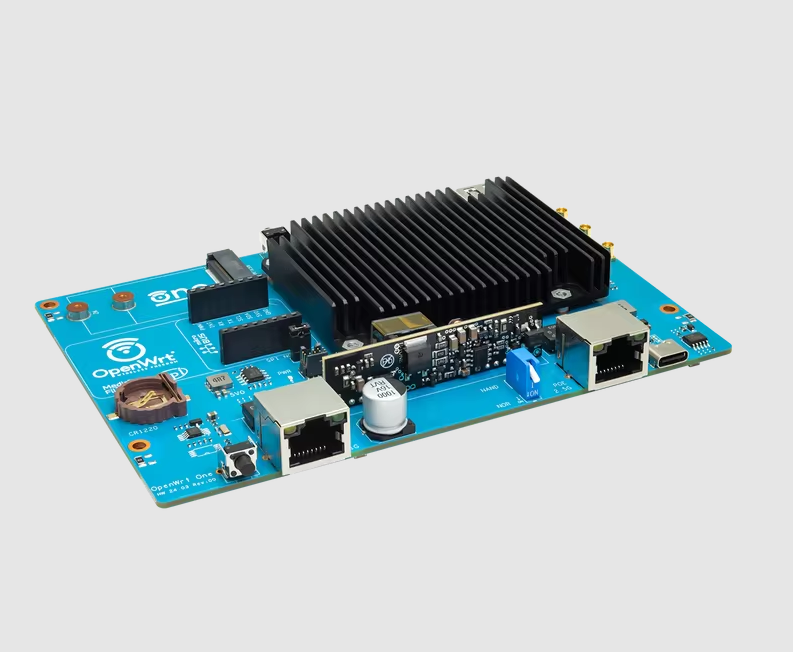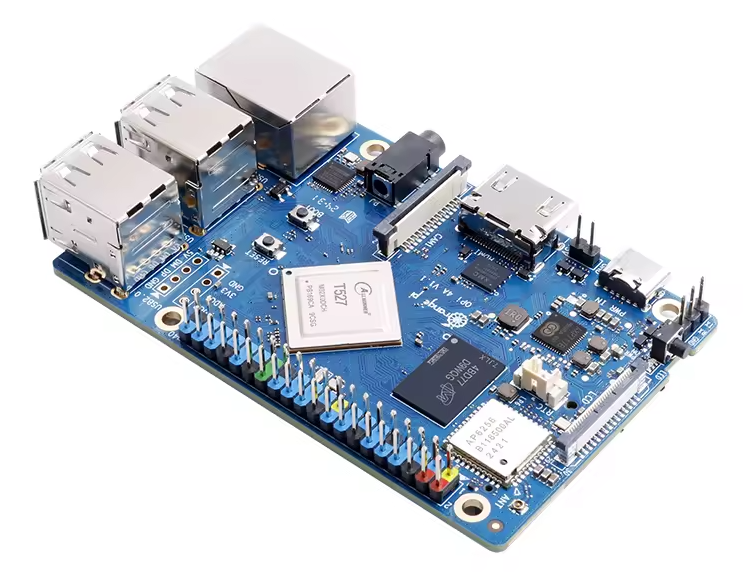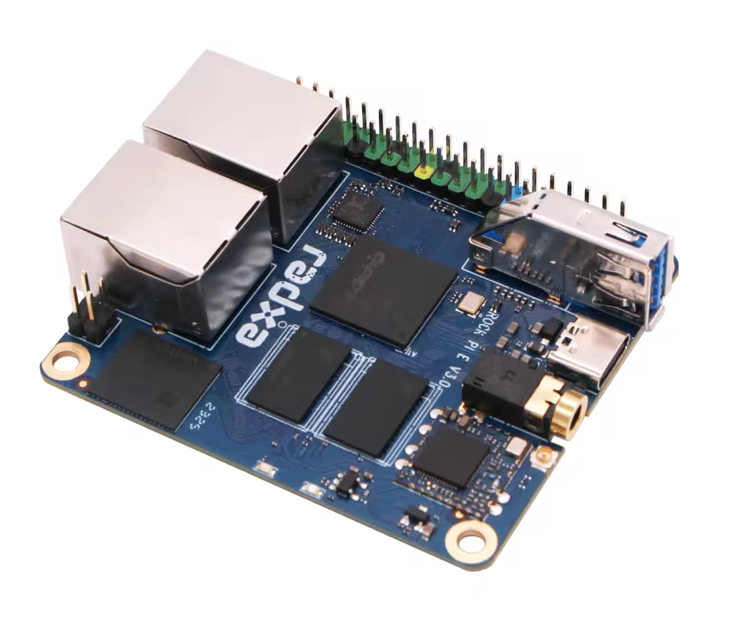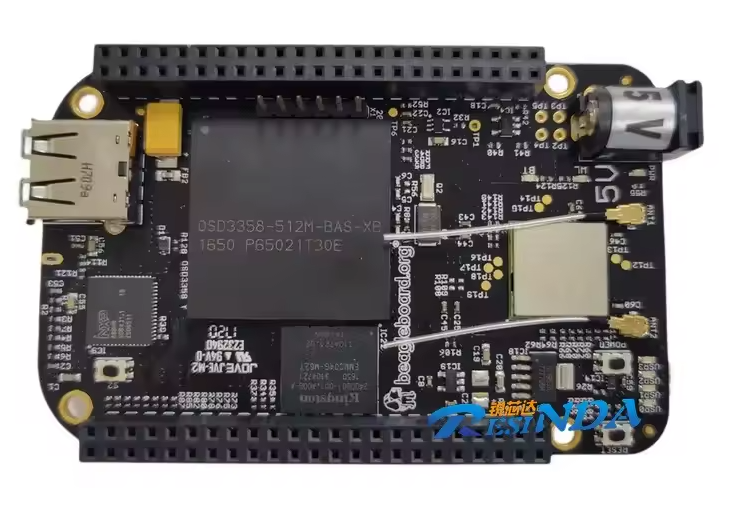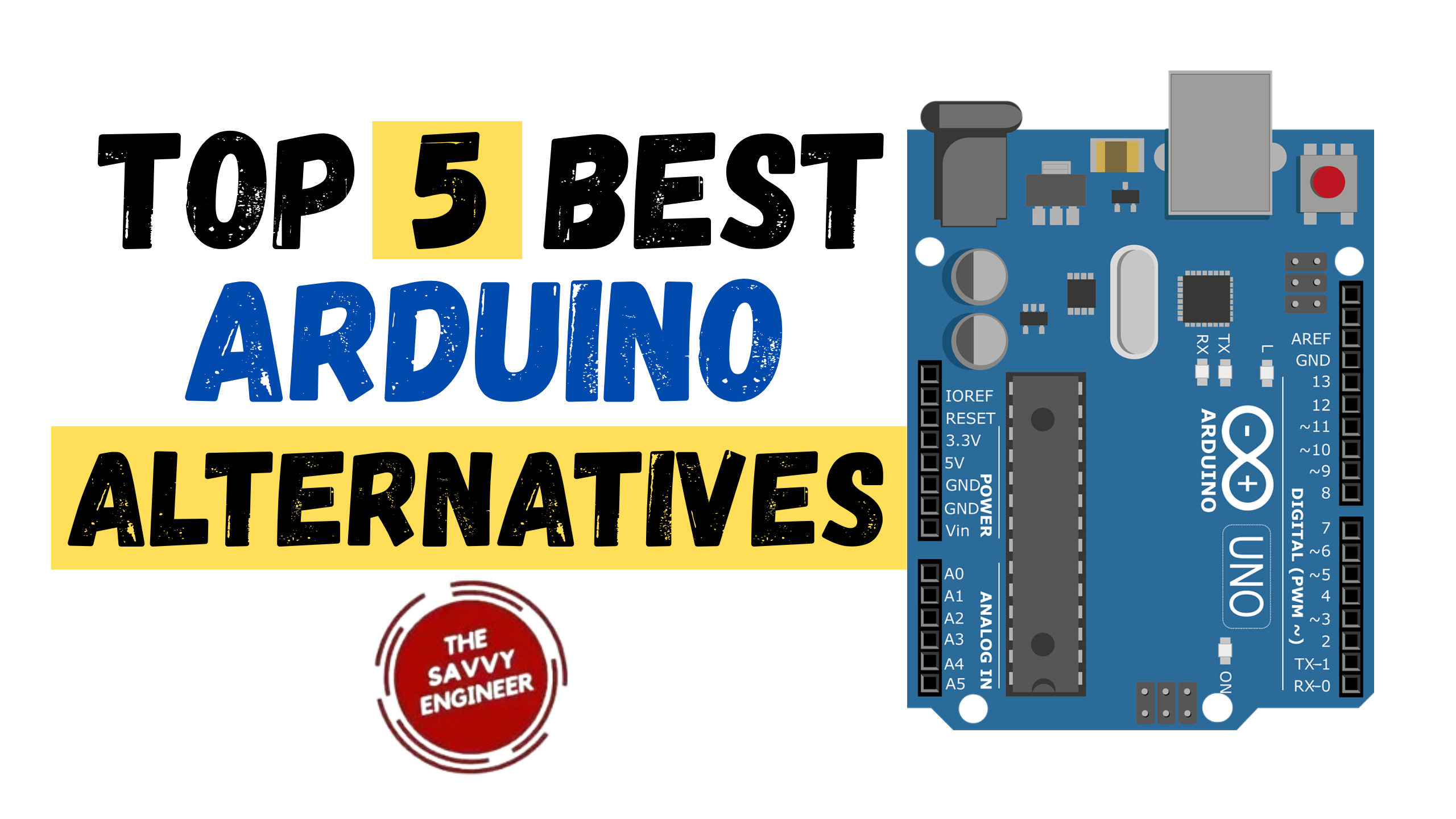You need to start discovering other Raspberry Pi alternatives because the world of single-board computers is expanding rapidly, offering more options that fit different needs, budgets, and performance levels. While the Raspberry Pi is an excellent starting point, exploring other boards can open up new possibilities in speed, connectivity, and hardware integration.
Many alternatives, such as the Banana Pi, Orange Pi, or Rock Pi, provide better processing power, larger memory, and faster interfaces at competitive prices. These boards often include built-in features like eMMC storage, dual-band Wi-Fi, or advanced graphics capabilities, making them ideal for AI, robotics, and multimedia applications.
Additionally, supply shortages and rising costs sometimes make Raspberry Pi boards hard to find. Trying alternatives ensures your projects continue without interruption while helping you discover new ecosystems and developer communities.
Learning to use multiple platforms also improves your flexibility as an engineer or hobbyist. It exposes you to different operating systems, development environments, and hardware configurations, strengthening your overall technical expertise.
In short, discovering other Raspberry Pi alternatives gives you freedom, performance, and innovation, empowering you to build smarter, faster, and more efficient projects beyond the limits of a single platform.
What are the 5 Best RaspBerry Pi Alternatives?
1. Banana Pi
Banana Pi offers powerful performance, versatility, and affordability—making it a strong alternative to the Raspberry Pi for both beginners and professionals. Designed for developers, makers, and students, the Banana Pi supports a wide range of operating systems, including Linux, Android, and Ubuntu, giving you the freedom to choose the environment that best fits your project.
One of its biggest advantages is its superior hardware specifications. Many Banana Pi models feature faster processors, more RAM, onboard eMMC storage, and Gigabit Ethernet, providing smoother performance for multitasking and demanding applications. This makes it ideal for projects such as IoT development, home automation, NAS servers, and AI experiments.
Another reason to start using the Banana Pi is its excellent compatibility and expandability. It includes multiple GPIO pins, USB ports, and camera and display interfaces—allowing you to connect sensors, modules, and peripherals easily.
Moreover, the Banana Pi community continues to grow, offering strong online support, documentation, and open-source resources. In short, the Banana Pi is a smart choice for anyone who wants more computing power, flexibility, and control in their embedded systems or electronic projects without spending too much.
2. Orange Pi
Orange Pi provides an affordable and powerful alternative to the Raspberry Pi, offering excellent performance for a wide range of projects. Designed for makers, students, and developers, the Orange Pi delivers high-speed processing, flexible operating system support, and a rich set of connectivity options that make it ideal for learning, prototyping, and innovation.
One of the main advantages of the Orange Pi is its hardware versatility. Many models come with powerful ARM processors, large RAM capacities, and built-in features like Wi-Fi, Bluetooth, and Gigabit Ethernet. This makes it perfect for running applications such as IoT systems, home automation, servers, or even multimedia centers.
The Orange Pi also supports multiple operating systems, including Android, Ubuntu, Debian, and Armbian, giving you the freedom to choose your preferred environment. In addition, it offers extensive GPIO pins for sensors, displays, and other external modules, making it great for hands-on electronics and robotics.
With strong community support and detailed documentation, getting started is simple even for beginners. In short, the Orange Pi combines power, affordability, and flexibility, making it a smart choice for anyone who wants to explore advanced computing and embedded system projects efficiently.
3. Rock Pi
Rock Pi delivers exceptional performance, versatility, and value for money, making it one of the most capable Raspberry Pi alternatives available today. Built around the Rockchip RK3399 processor, the Rock Pi offers a powerful combination of CPU and GPU performance, enabling smooth multitasking, fast data processing, and efficient power use — ideal for both professional and hobbyist projects.
One of the Rock Pi’s greatest strengths is its expandability and high-speed interfaces. It supports NVMe SSDs, USB 3.0, and Gigabit Ethernet, giving you faster storage, reliable connectivity, and overall improved system responsiveness. These features make it perfect for applications like AI, robotics, edge computing, or small server setups.
The Rock Pi also supports multiple operating systems, including Debian, Ubuntu, and Android, allowing flexibility for developers across different environments. In addition, it offers compatibility with standard Raspberry Pi accessories, simplifying upgrades and experimentation.
Its growing global community provides strong documentation and support, helping you get started easily. In short, the Rock Pi is a powerful, modern, and future-ready platform that helps engineers, makers, and learners build high-performance computing and embedded systems projects without breaking the budget.
4. BeagleBone Black
BeagleBone Black offers unmatched reliability, real-time performance, and expandability for embedded systems and hardware development. Unlike many hobbyist boards, the BeagleBone Black is built for industrial-grade projects while still being beginner-friendly and affordable. It’s a perfect platform for engineers, students, and makers who want to build serious hardware applications with stability and precision.
Powered by a 1GHz ARM Cortex-A8 processor with 512MB of RAM and onboard eMMC storage, the BeagleBone Black runs full Linux distributions such as Debian. It provides more consistent timing and better control over hardware interfaces compared to many other single-board computers, making it ideal for robotics, automation, and real-time data processing.
The board also includes a wide range of I/O pins—over 65 GPIOs—along with PWM, UART, SPI, and I2C, giving you deep hardware-level control. Its compatibility with add-on “capes” (expansion boards) further enhances its functionality for sensors, displays, and motor control.
Additionally, the BeagleBone Black community offers excellent open-source resources and support. In short, it’s a powerful, stable, and developer-focused platform that helps you go beyond simple projects to create professional and reliable embedded solutions.
5. Odroid XU4
Odroid XU4 delivers exceptional computing power, speed, and reliability in a compact and affordable design. Built for high-performance applications, this board features an octa-core Samsung Exynos5422 processor and 2GB LPDDR3 RAM, making it far more powerful than most single-board computers in its class. If you’re into AI development, gaming emulation, home servers, or advanced robotics, the Odroid XU4 offers the speed and efficiency you need.
One of its standout features is its USB 3.0 support, which allows extremely fast data transfers and smoother performance with external drives and peripherals. It also includes Gigabit Ethernet, ensuring stable and high-speed network connectivity—perfect for server setups or media streaming.
The Odroid XU4 supports multiple operating systems, including Ubuntu, Android, and other Linux-based distributions, giving you flexibility in development and testing. Moreover, it has a strong and active global community that provides regular updates, tutorials, and open-source support.
In short, the Odroid XU4 is not just a Raspberry Pi alternative—it’s a mini powerhouse designed for serious creators and developers who need reliable, high-speed performance for modern computing and embedded projects without breaking their budget.




